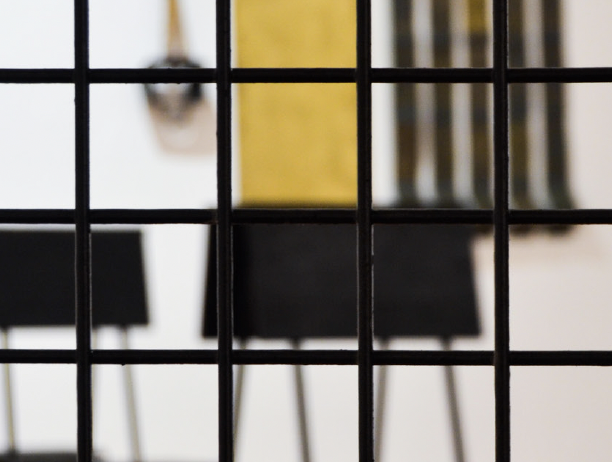Abstract
‘Post-Print’ is a practice-led research project that seeks to situate the emergence of the printmaking tradition (and the notion of the print as ‘reproduction’) as a pivotal event that once re-shaped a past era’s perception of reality, just as the ‘digital multiple’ template today has come to function as the de facto contemporary reproduction of ‘being’. For this paper, I will draw on Slavoj Žižek’s philosophical reading of the notion of ‘Event’ as a framework for my central thesis. I want to expand on how the moment of compression for a technology for looking (i.e., the introduction of the printing press and the digital device) may be considered a veritable Event. In the process, I will unsurprisingly rely on Walter Benjamin’s observations in his essay ‘The Work of Art in the Age of Mechanical Reproduction’ to inspire my discussion of the print as reproduction and the image as Event. This progression of creative discourse—the transition from the ‘print’ to the ‘post’ as the means of infinite reproduction—is the central focus of my project, as this shift of mediums contextualises my own mediations of the avalanche of images that characterise the present Event. Rather than mere diversions, I consider historical thinking and anachronism to be the practical methodologies of my work. For me, these retroactive interventions are themselves closely informed by the philosophical strategies of fragmentation and reframing separately proposed by Benjamin and Žižek. Hence, I discuss how these philosophical ideas have shaped the critical processes and curatorial choices within my practice.
References
Benjamin, W. (1935). The Work of Art in the Age of Mechanical Reproduction. New York: Schocken Books, 1969.
Chambers, I. (2016). Art as Anachronism. (K. V. Carrol, Ed.). Third Text. Retrieved from http://thirdtext.org/carrol-chambers-review
Debord, G. (1967). Society of the Spectacle (2014 ed.). (K. Knabb, Ed.). Paris: Bureau of Public Secrets. Retrieved 2020
Debord, G. (1968). The Society of the Spectacle. Canberra: Hobgoblin Press. Retrieved 5 25, 2020, from http://library.nothingness.org/articles/SI/en/pub_ contents/4
Didi-Huberman, G. (2003). Before the Image, Before Time: The Sovereignty of Anachronism. In P. Mason, & C. F. Zwijnenberg (Eds.), Compelling Visuality: The Work of Art in and out of History (pp. 31-44). University of Minnesota Press. Field, R. S. (1994). SENTENCES ON PRINTED ART. The Print Collector’s Newsletter, 25(5), 171-171.Retrieved from www.jstor.org/stable/24555873
Forster, K. W. (1976), Winter). By Warburg’s History of Art: Collective Memory and the Social Mediation of Images. Daedalus, 105(1), 169-176. Retrieved 1 May 2021 from https://www.jstor.org/stable/20024391
Kentridge, W. (2014). Six Drawing Lessons. Cambridge, MA: Harvard University Press.
Schwendener, M. (2020, May 15). This Atlas of Art is a Modern Wonder. The New York Times, p. 13. Vukovic, C. B. (2016). New Media as Event. Synthesis Philosophica 63 (1/2017), 139-153.
Warburg, A. (1929). The Atlas of Memory.
Wodiczko, K. (2014). The Transformative Avant-Garde: A Manifest of the Present. Third Text, 28(2), 111–122.
Žižek, S. (2014). Event: A Philosophical Journey Through A Concept. Melville House.

This work is licensed under a Creative Commons Attribution 4.0 International License.
Copyright (c) 2024 Adrian Ranger
